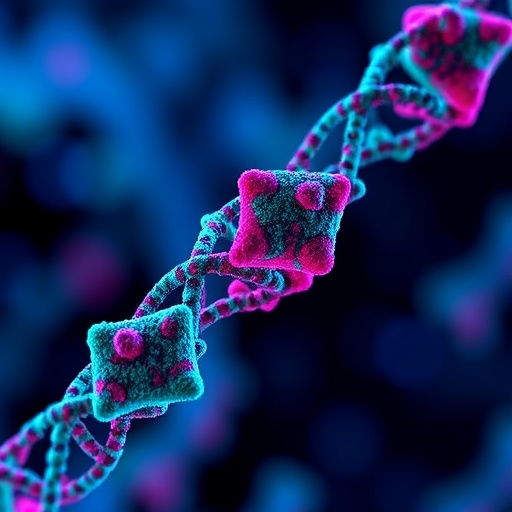
Credit: American Chemical Society
That bright, reflective coating used on road signs, bicycles and clothing are important safety measures at night. They help drivers get to their destinations while avoiding bicyclists and pedestrians in low-light conditions. Now, inspired by the structure of insect eyes, scientists have developed new materials that could improve the color and effectiveness of these safeguards. Their report appears in the ACS journal Langmuir.
Retroreflective materials, including some tapes and road paints, work by bouncing light back toward the original source, such as a car's headlights, making them bright and easy to see. Existing retroreflectors are usually made with glass microbeads and microprisms. Dyes, pigments or plastic layers are often added for color; however, they tend to reduce the reflection of light, and the colors can fade over time. Hongta Yang and colleagues turned to the compound eyes of insects for a new way to address these limitations.
The researchers evenly coated an array of glass microspheres with smaller balls of silica. The result is a brilliantly colored, retroreflective material. The color can be adjusted by changing the size of the silica crystals, and brightness can be boosted by adding layers. At 250 nanometers and 40 layers deep, the crystals appeared bright green and reflected more light than commercial coatings with no color. In addition to boosting the brightness of objects for safety reasons, researchers say that by reflecting rather than absorbing light, the material could be applied to buildings to reduce the urban heat-island effect.
###
The authors acknowledge funding from the Ministry of Science and Technology, Republic of China.
The abstract that accompanies this study is available here.
The American Chemical Society is a nonprofit organization chartered by the U.S. Congress. With nearly 157,000 members, ACS is the world's largest scientific society and a global leader in providing access to chemistry-related research through its multiple databases, peer-reviewed journals and scientific conferences. Its main offices are in Washington, D.C., and Columbus, Ohio.
To automatically receive news releases from the American Chemical Society, contact [email protected].
Follow us: Twitter Facebook
Media Contact
Michael Bernstein
[email protected]
202-872-6042
@ACSpressroom
http://www.acs.org
############
Story Source: Materials provided by Scienmag




